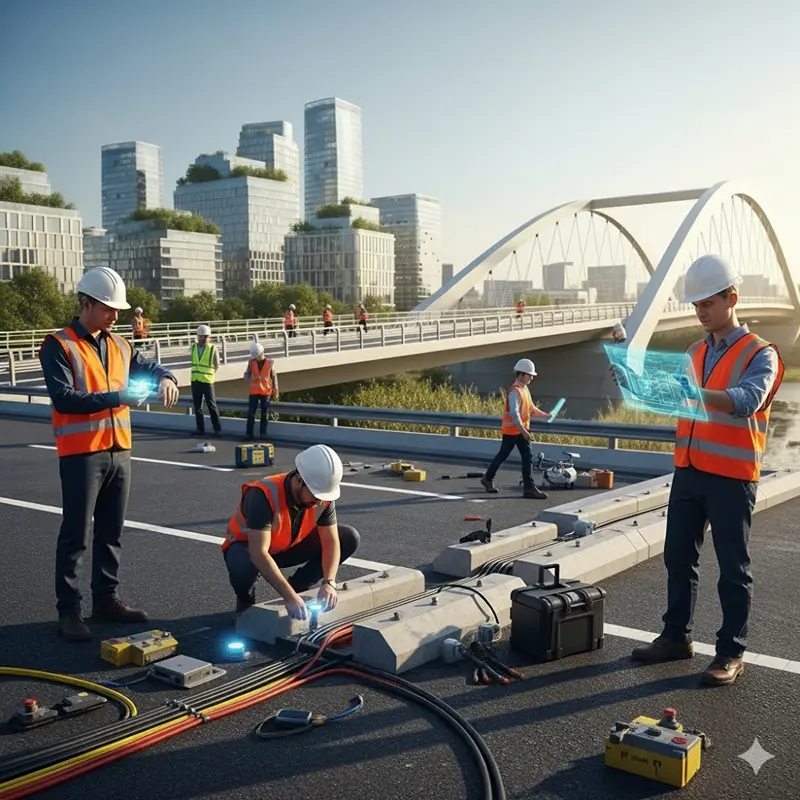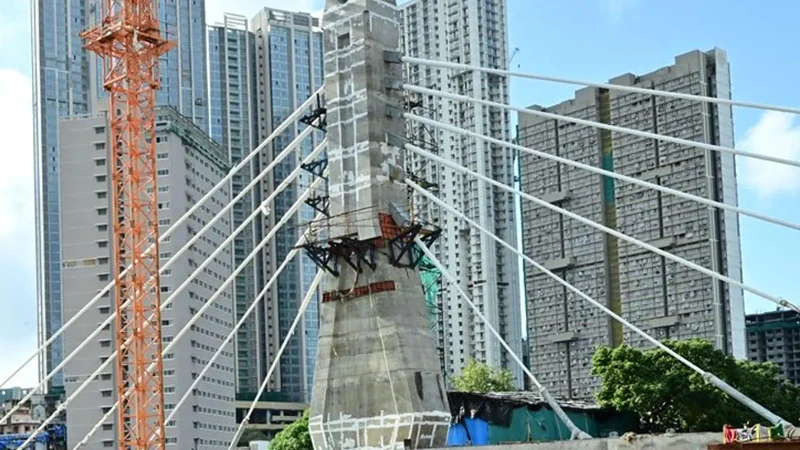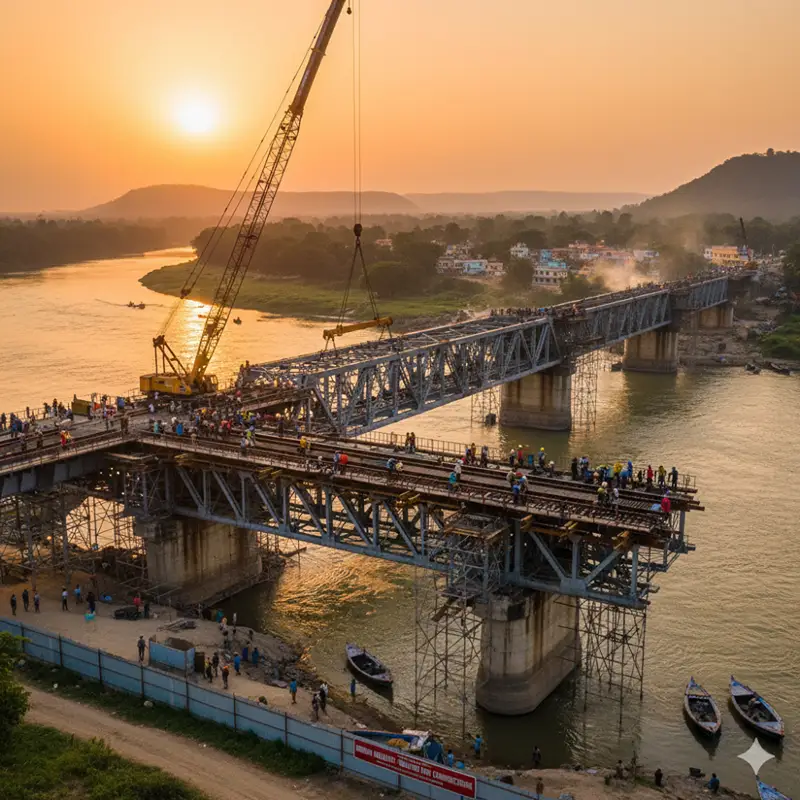India’s civil infrastructure sector is the backbone of its economic growth, contributing around
13% of national GDP and employing millions across urban and rural projects.
As the country marches toward its Vision: 2047, which aims to transform the country into a hub of innovation, sustainable growth and inclusivity where every citizen enjoys a high quality of life while the nation’s progress remains both people centric and planet friendly, the interplay of advanced technologies, sustainability imperatives, and massive investment pipelines is reshaping how we build roads, railways, ports, and urban systems.
Driving Forces
- National Infrastructure Pipeline (NIP)
Targets ₹111 lakh crore in investments between FY 20 and FY 25, spanning energy, transport, urban, and social infrastructure - Gati Shakti Plan
Promotes integrated planning across ministries, reducing bottlenecks and accelerating project clearances. - Smart Cities Mission
Fuels demand for data-driven urban solutions—automated traffic management, smart waste systems, and IoT-enabled utilities.

Key Trends
1 – Smart and Digital Infrastructure
Civil works are now intertwined with 5G networks, edge computing, and digital twins. Drones and AI-driven sensors monitor real-time asset health, cutting maintenance costs and downtime.
2 – Sustainable and Green Construction
Eco-friendly materials (e.g., geopolymer concrete, recycled aggregates) and energy- efficient designs are becoming standard. Green building certifications drive project premiums and reduce lifecycle carbon footprints.
3 – Modular and Prefabricated Construction
Modular and prefabricated components are innovative construction methods that enhance efficiency, reduce waste, and offer design flexibility in building projects. Offsite manufacturing of building components accelerates timelines by up to 40% and improves quality control. This approach minimizes on-site labour risks and material wastage.
4 – Resilience and Climate Adaptation
Infrastructure is being designed for extreme weather events—elevated road embankments, flood-resilient drainage, and corrosion-resistant materials. Climate risk assessments are now integral to project feasibility studies.
5 – High-Speed and Multi-Modal Connectivity
Bullet trains, dedicated freight corridors, and expanded metro networks are knitting together major economic corridors. Seamless last-mile integration with buses, ferries, and BRT systems optimizes commuter experience.
Emerging Opportunities
- Project Financing under Public-Private Partnerships (PPP) Model
Innovative financing models like Railway Infrastructure Bonds, Toll-Operate-Transfer and Viability Gap Funding are unlocking new projects. The expansion of Hybrid Annuity Model (HAM) projects under the Infrastructure Investment Trust (InVIT) framework presents a compelling opportunity to attract long-term institutional capital. - Rail Infrastructure Projects
7000 Km of High-Speed Rail Network is planned by 2047 with international collaboration, Freight Modernization by constructing Dedicated Freight Corridors and Logistic Hubs, Re-Development of Stations for Commercial Utilization, and creating manufacturing facilities for Rolling Stock – Modern coaches, locomotives, and specialized rail vehicles. - Rural Infrastructure Revolution
Upgrading agrarian roads, irrigation canals, and rural broadband bridges urban-rural divides and boosts local economies. - Water and Sanitation Projects
Large-scale treatment plants, smart metering, and decentralized solutions tackle scarcity and quality challenges. - Specialized Skill Development
Demand surges for BIM specialists, drone pilots, geospatial analysts, and sustainability consultants. - Digital Connectivity Hubs
Data Centers, 5G towers, and telecom backhaul are vital as remote work and digital services expand.

Challenges to Address
- Financing Gaps – Despite rising capex, private investment lags public spending. Blended finance and green bonds can bridge shortfalls.
- Regulatory Complexity – Streamlining approvals under a unified digital platform can cut months off project schedules.
- Skill Shortages – Upskilling workforces in emerging technologies and global best practices remains critical for quality and safety.
Further Growth Opportunities
- Digital Twins and AI Analytics for predictive asset maintenance
- Blockchain for transparent supply-chain management
- Robotics and 3D-printing in on-site construction
- Circular economy models for waste-to-resource conversion
- Community-centric design approaches for inclusive infrastructure
These evolving domains promise to deepen efficiencies, resilience, and social impact across
India’s built environment.

Conclusion
India’s infrastructure landscape is poised for transformative growth, driven by technology, sustainability, and massive public and private investments. Stakeholders who embrace integrated planning, forge cross-sector partnerships, and invest in future-ready skills will lead the next wave of landmark projects.




